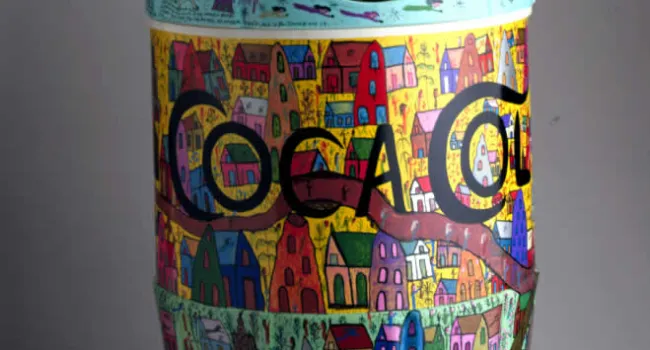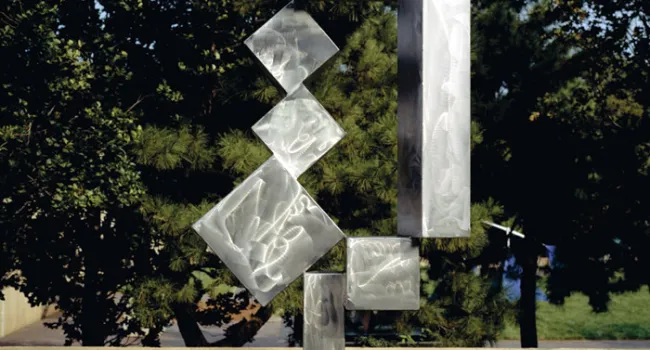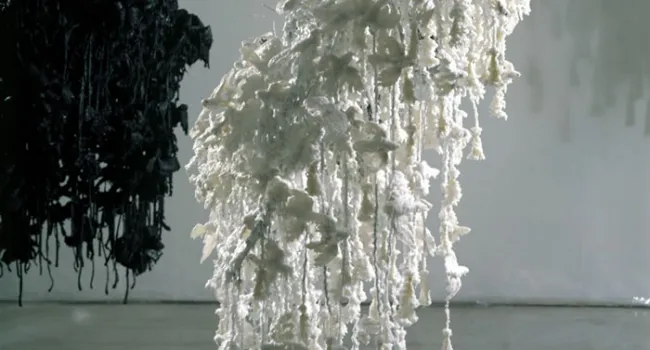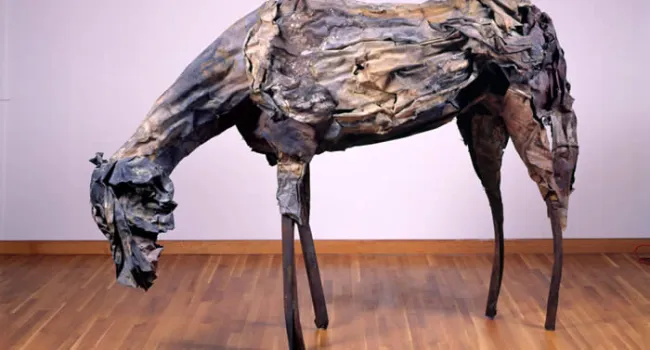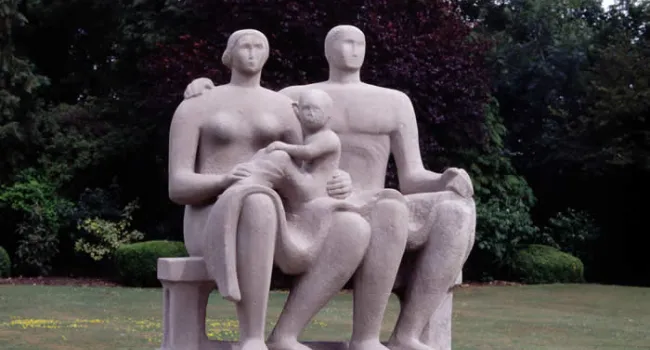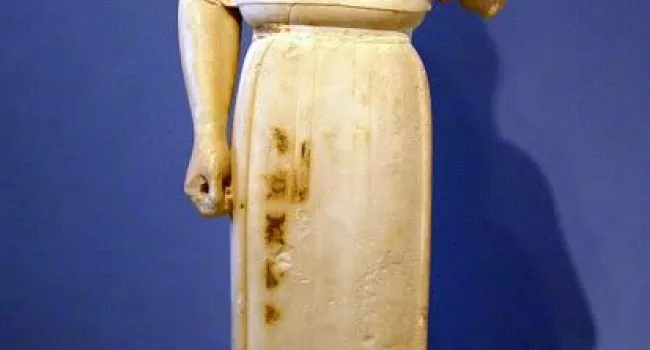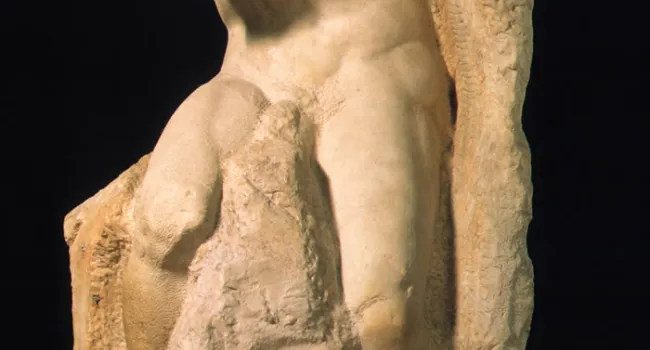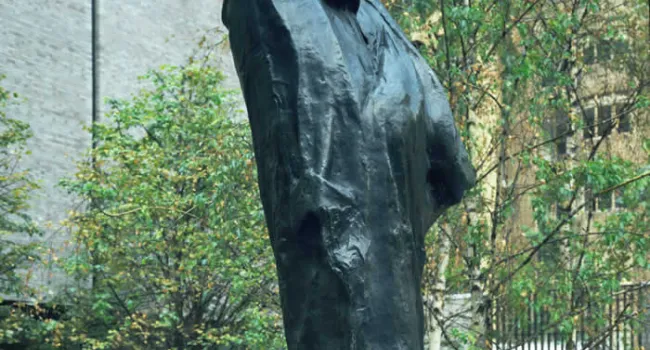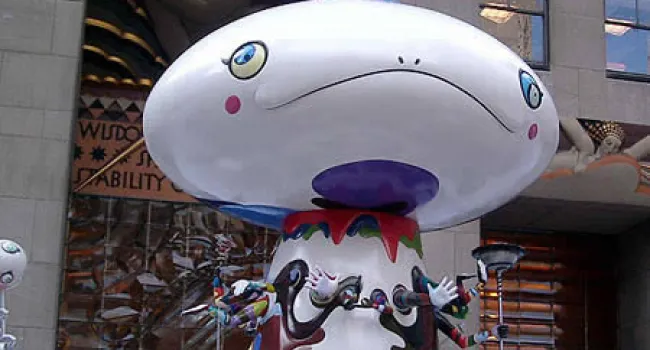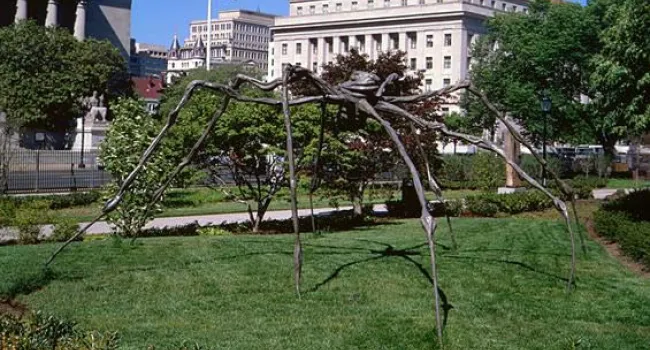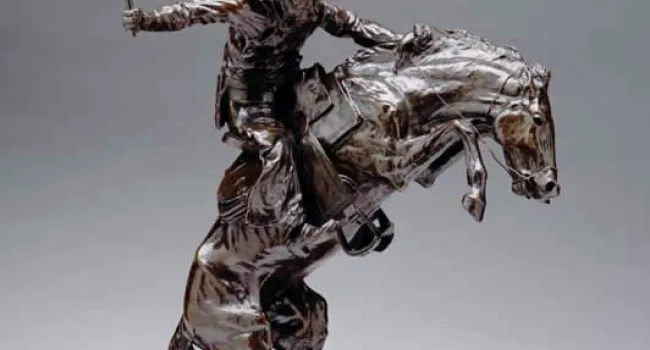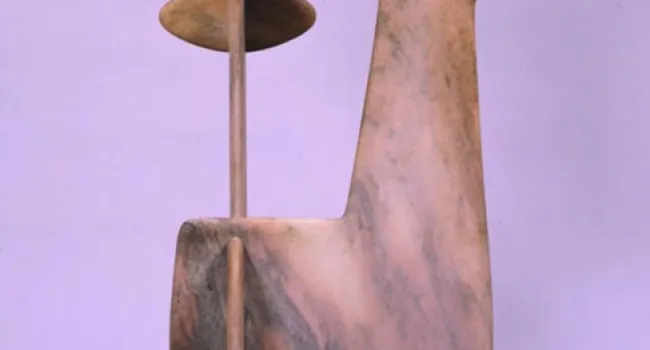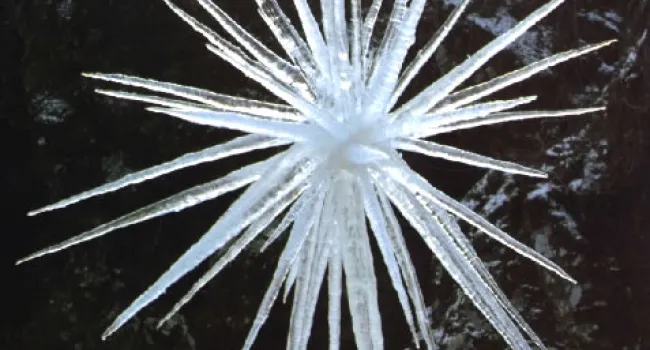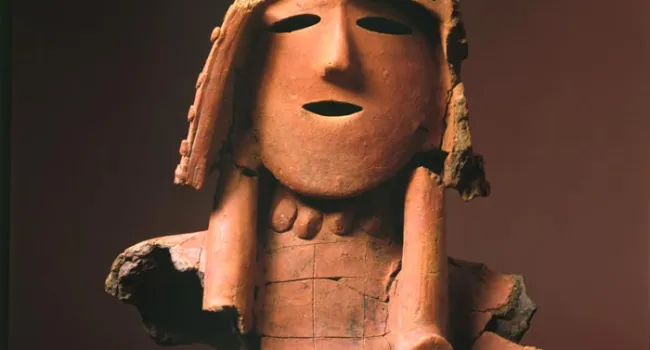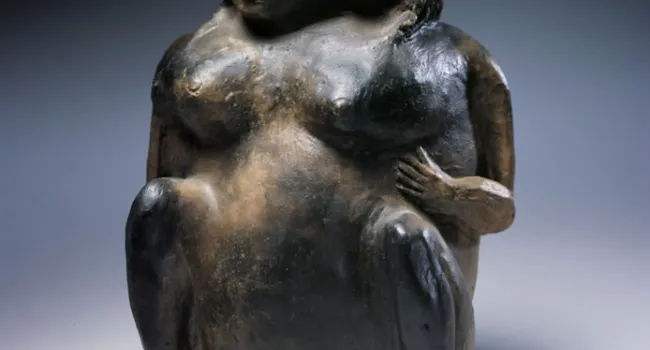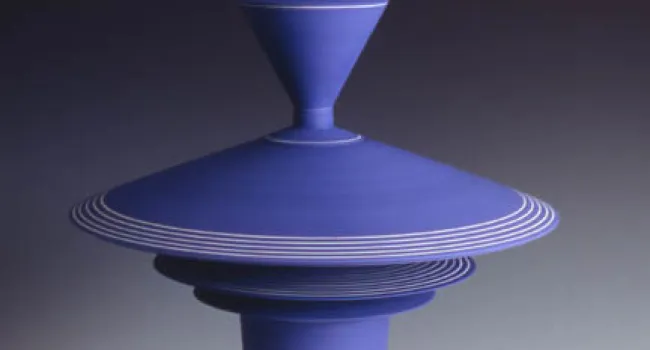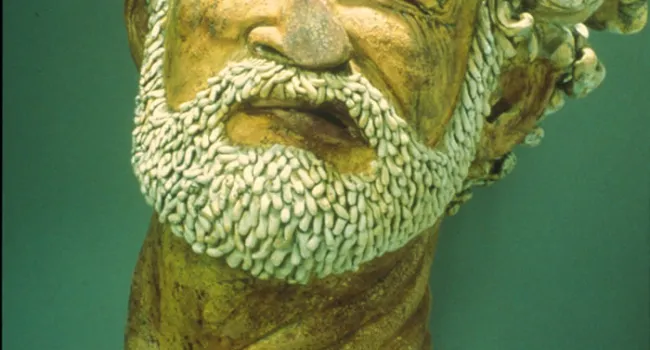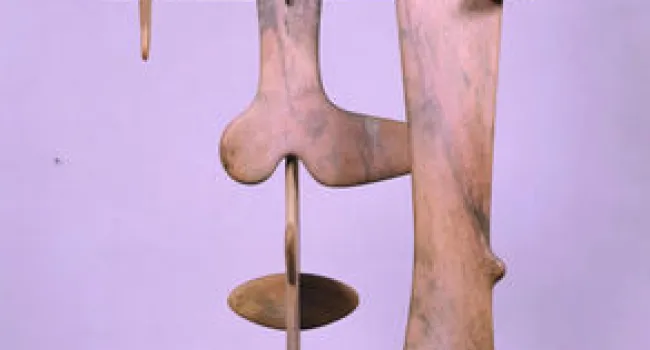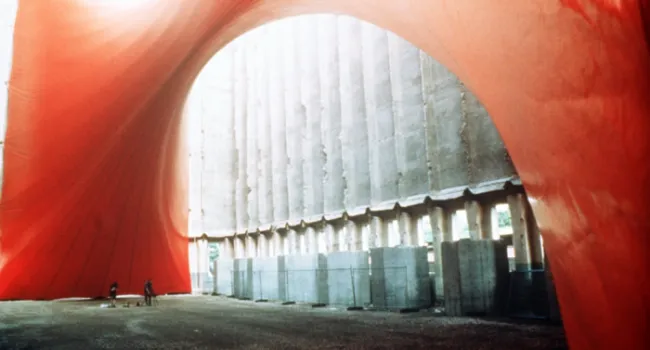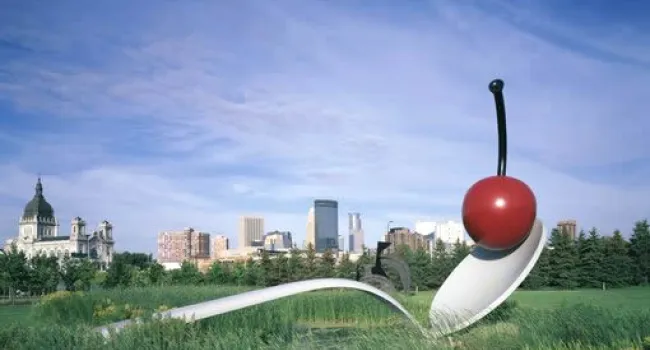
Robert Smithson
A Closer Look
The movement of Spiral Jetty takes off from the shoreline to the center of the spiral. Smithson used black rock and earth to make this piece. The consistency of the material reinforces the movement toward the center; then we wind our way back from the middle of the spiral to the shore. Try using dirt, rocks, sticks or other natural materials to make an artwork directly on the ground. When you go to the beach make a sculpture in the sand and decorate it with shells.
About the Sculpture
Spiral Jetty is in the Great Salt Lake in Utah. It is made of 6,650 tons of black basalt rock and earth and is 1,500 feet long. It took two dump trucks, a tractor and a large front loader to move all the rocks. When Smithson built the sculpture the elevation of the lake was 4,195 feet. Then the lake rose and for years Spiral Jetty was hard to see. Since 1999 the water level has gone down and this famous sculpture has slowly reemerged. Now it is completely exposed and the rocks are encrusted with white salt crystals that look like snow.
About the Artist
When Robert Smithson was a high-school student he won a scholarship to New York's Art Students League and he had his first solo show when he was 21. He soon began challenging ideas about art. He called museums "tombs" and he liked to place his artworks outdoors because, he said, "Nature is never finished." Smithson died in a plane crash in 1973 at age 35; though he died young, he had a major impact on the world of art.
Write About It
- Make a list of what you see.
- How did the artist use the elements and principles of design?
- What do you think the sculpture means? How does it make you feel?
- Select two sculptures to compare & contrast.

